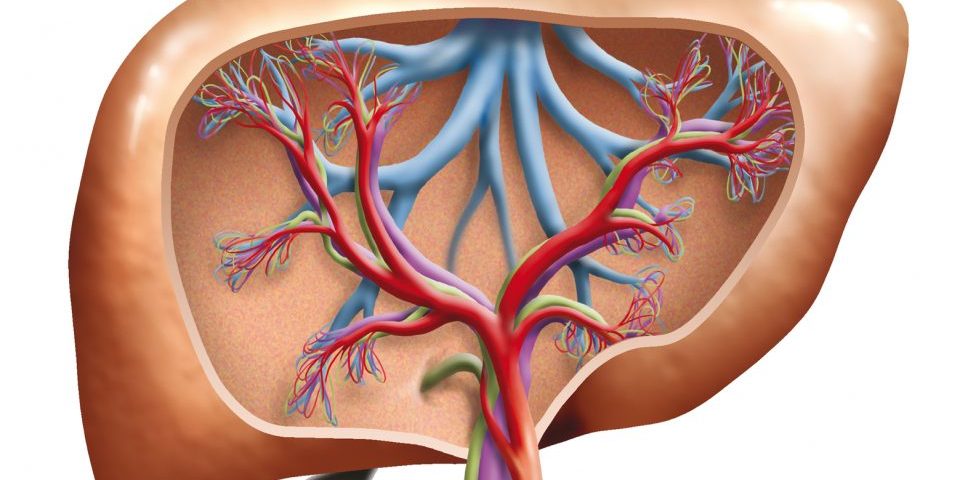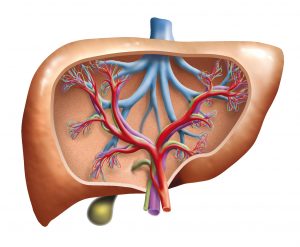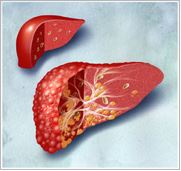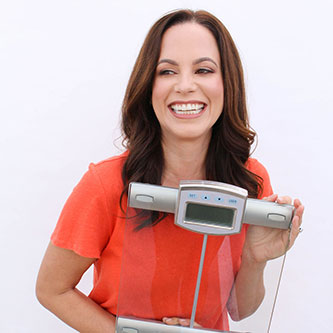Fatty liver is expected to become the top cause of liver transplants in the next decade. It’s difficult NOT to see fatty liver disease as one of the most pressing healthcare issues in this country.1,2 The good news is it is very reversible.
Shocking Stats
Liver disease is the fourth leading cause of death in the United States among 45-54-year-olds and, sadly, affects more than 6 million children. As childhood obesity has gone up, researchers are expecting it to cause more complications in kids in coming years.
One problem is that it is hard to diagnose. While we can easily measure things like blood sugar or iron levels, the perfect way to find out if a liver is diseased would be to take it out and analyze it. Liver biopsies are the most accurate way to diagnose fatty liver, but they are not at all practical as screening tools.
When researchers examined 70 such biopsies from healthy relatives hoping to donate liver tissue to a loved one who needed a liver transplant, they found 38.5% of the healthy relatives had fatty liver disease. Another study found that elderly individuals who were hospitalized for non-liver causes had a 46% chance of having fatty liver disease. If that’s not enough, the rates of fatty liver in obese populations may be as high as 90%.3















